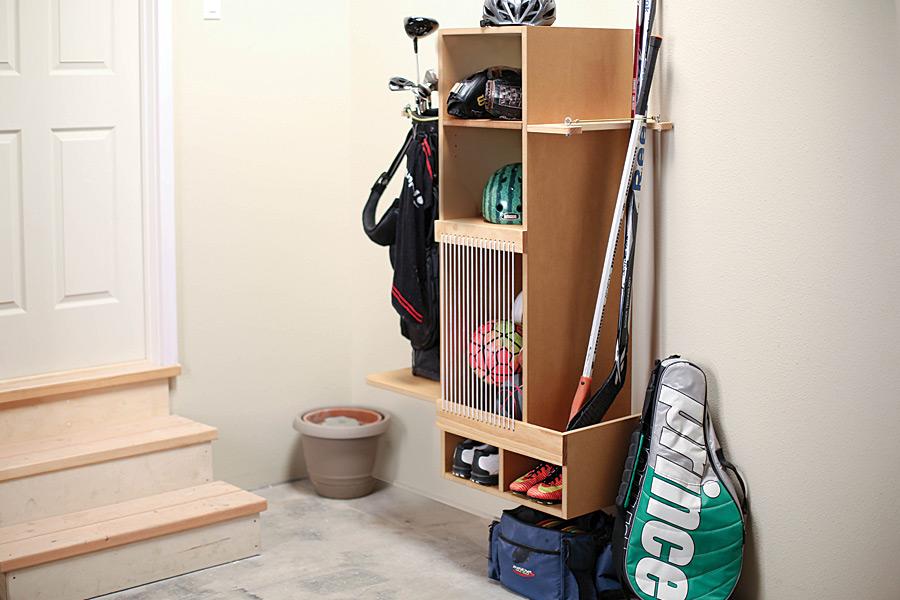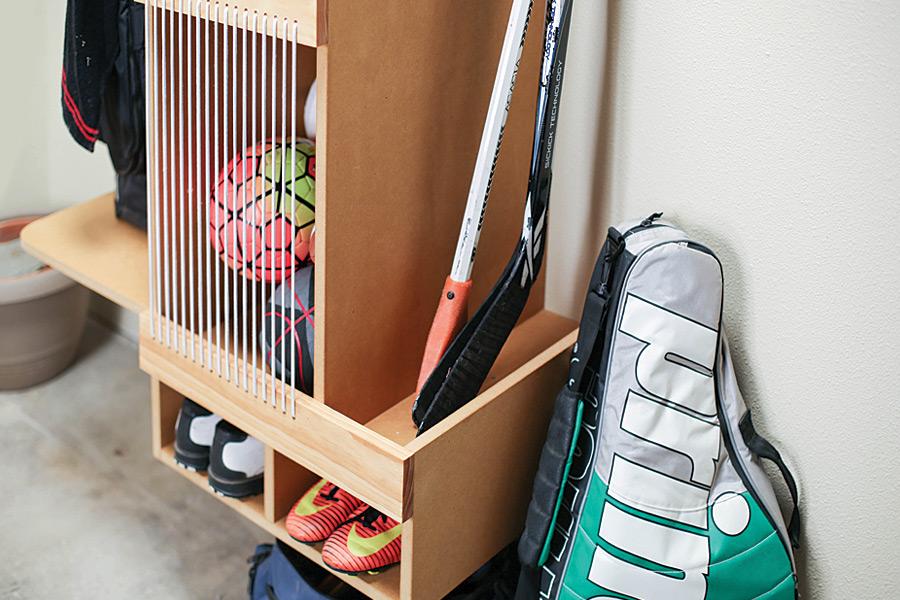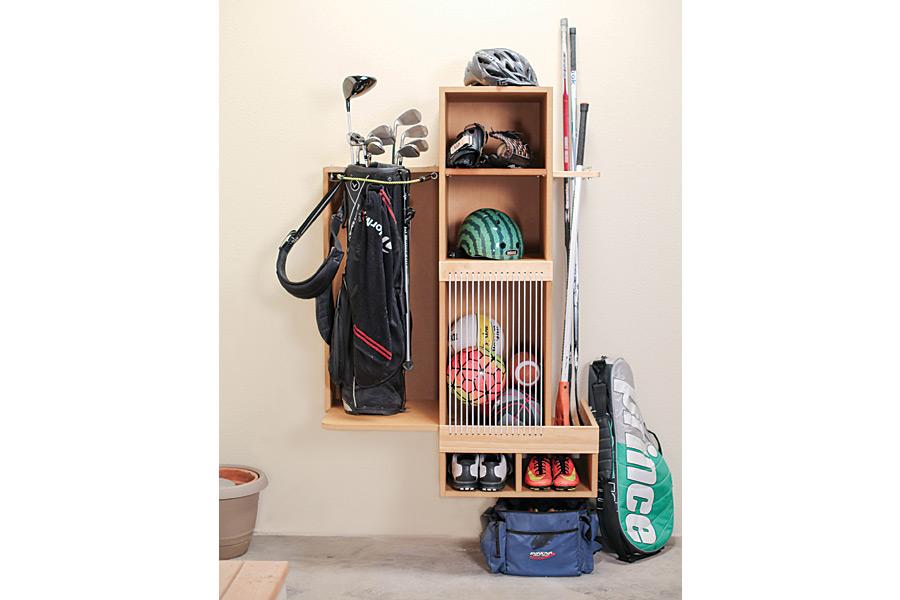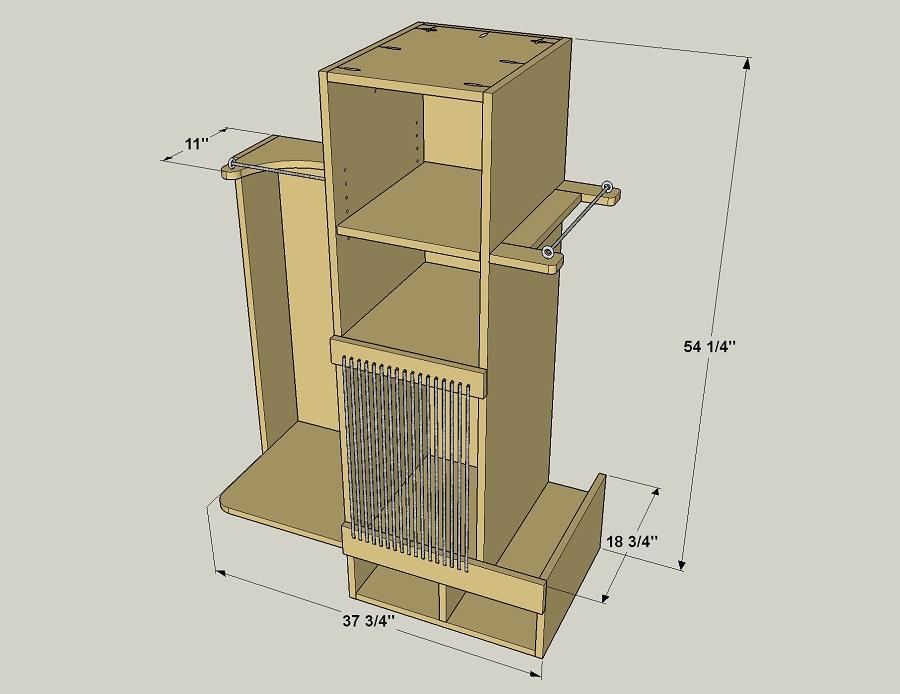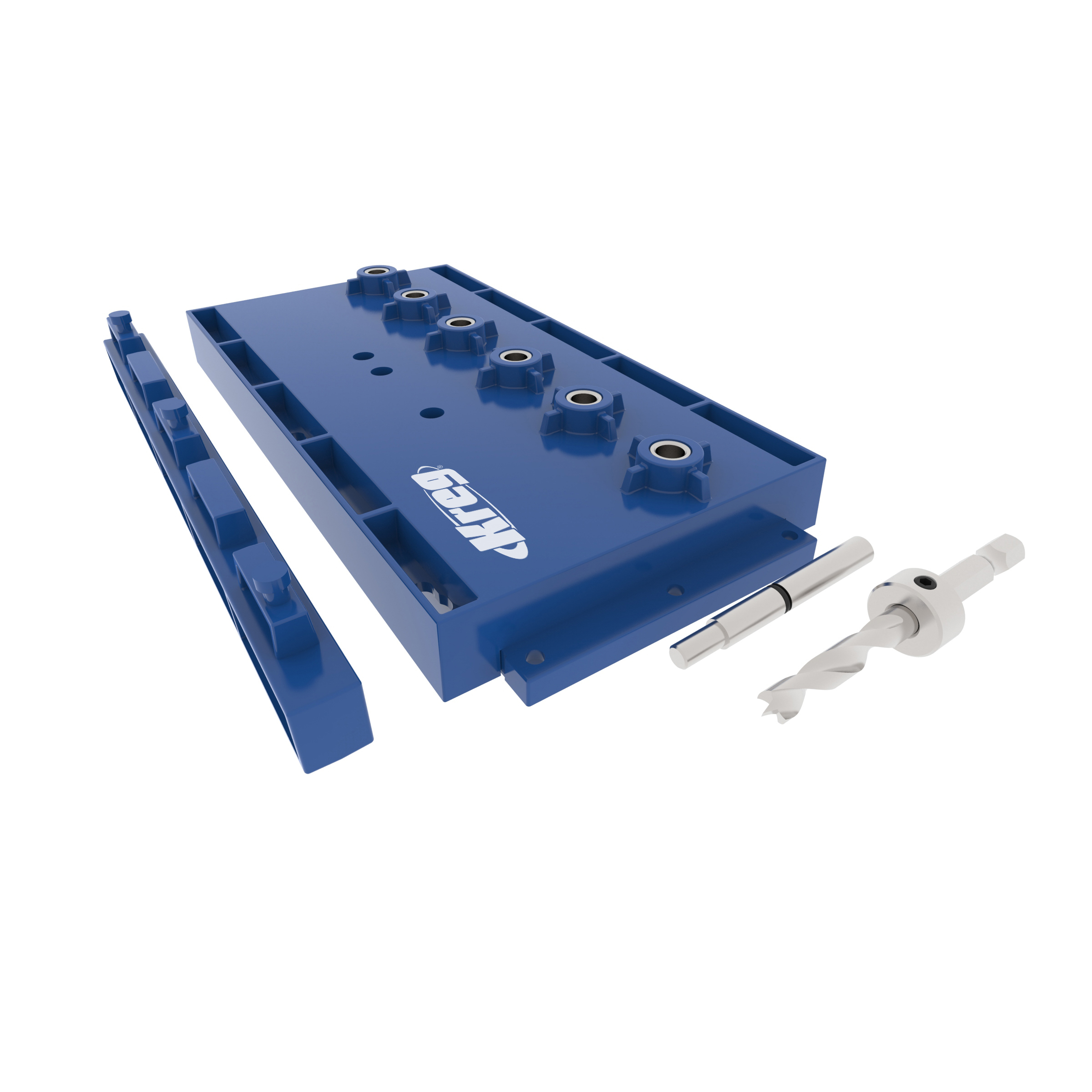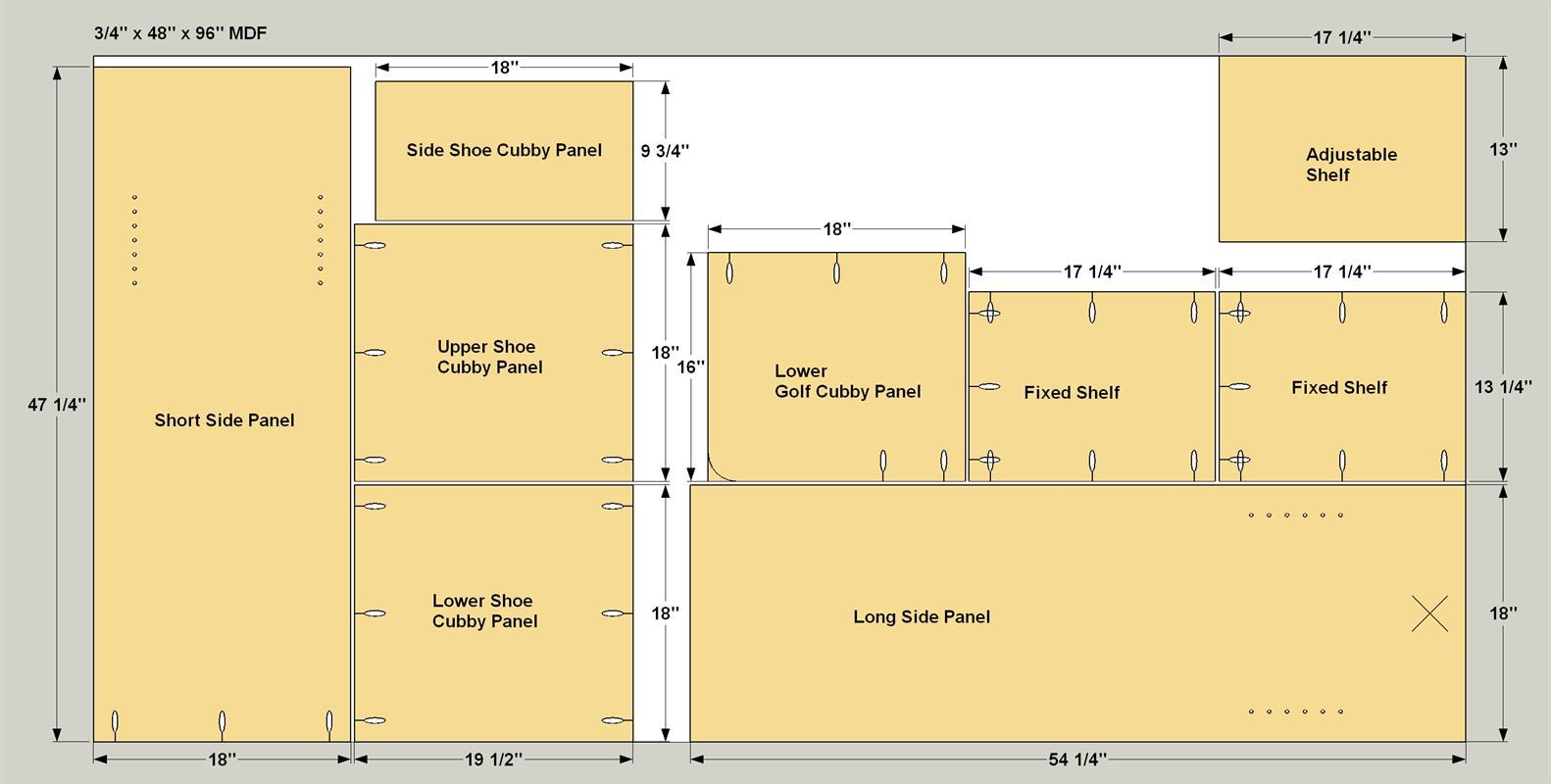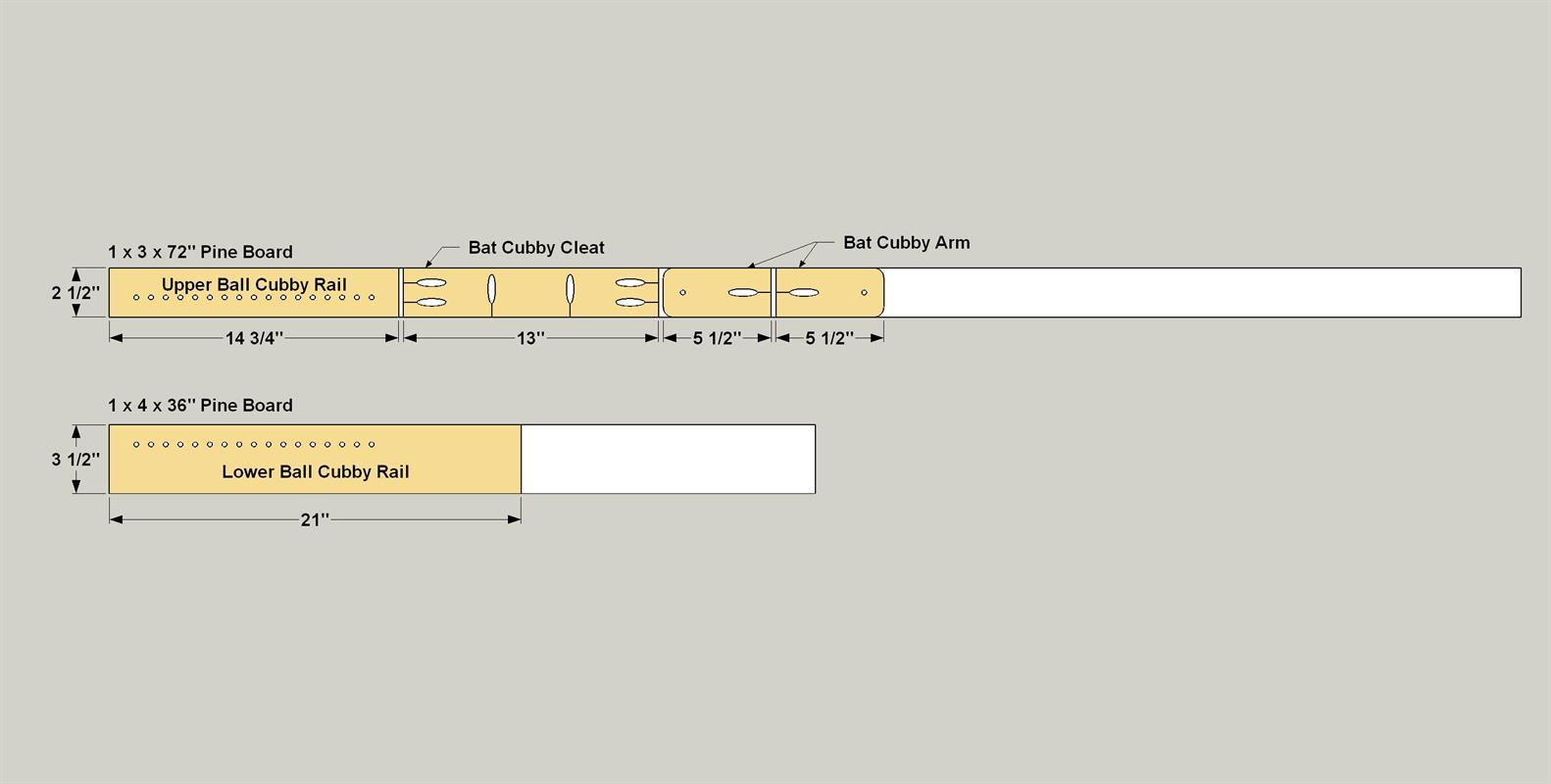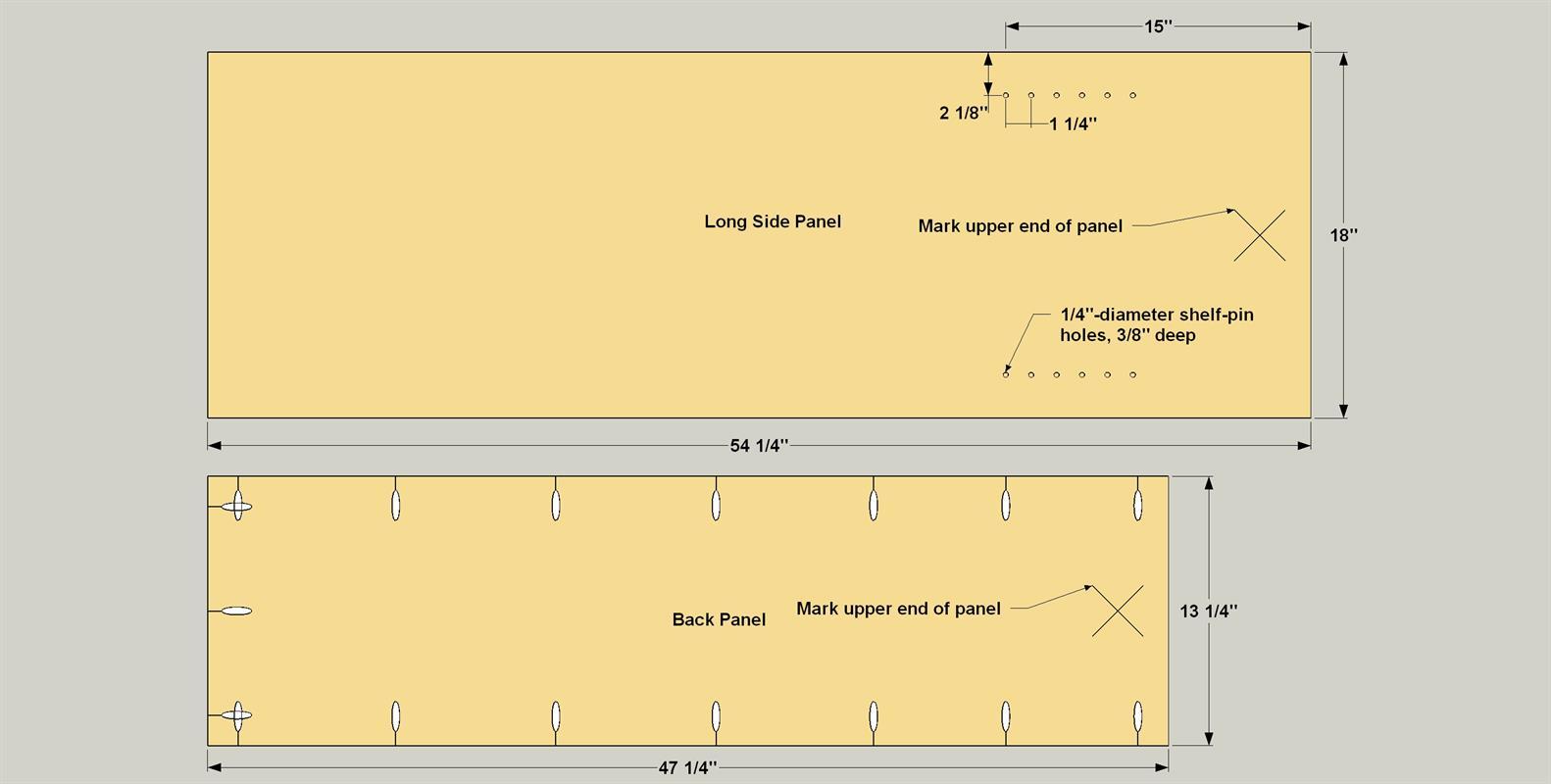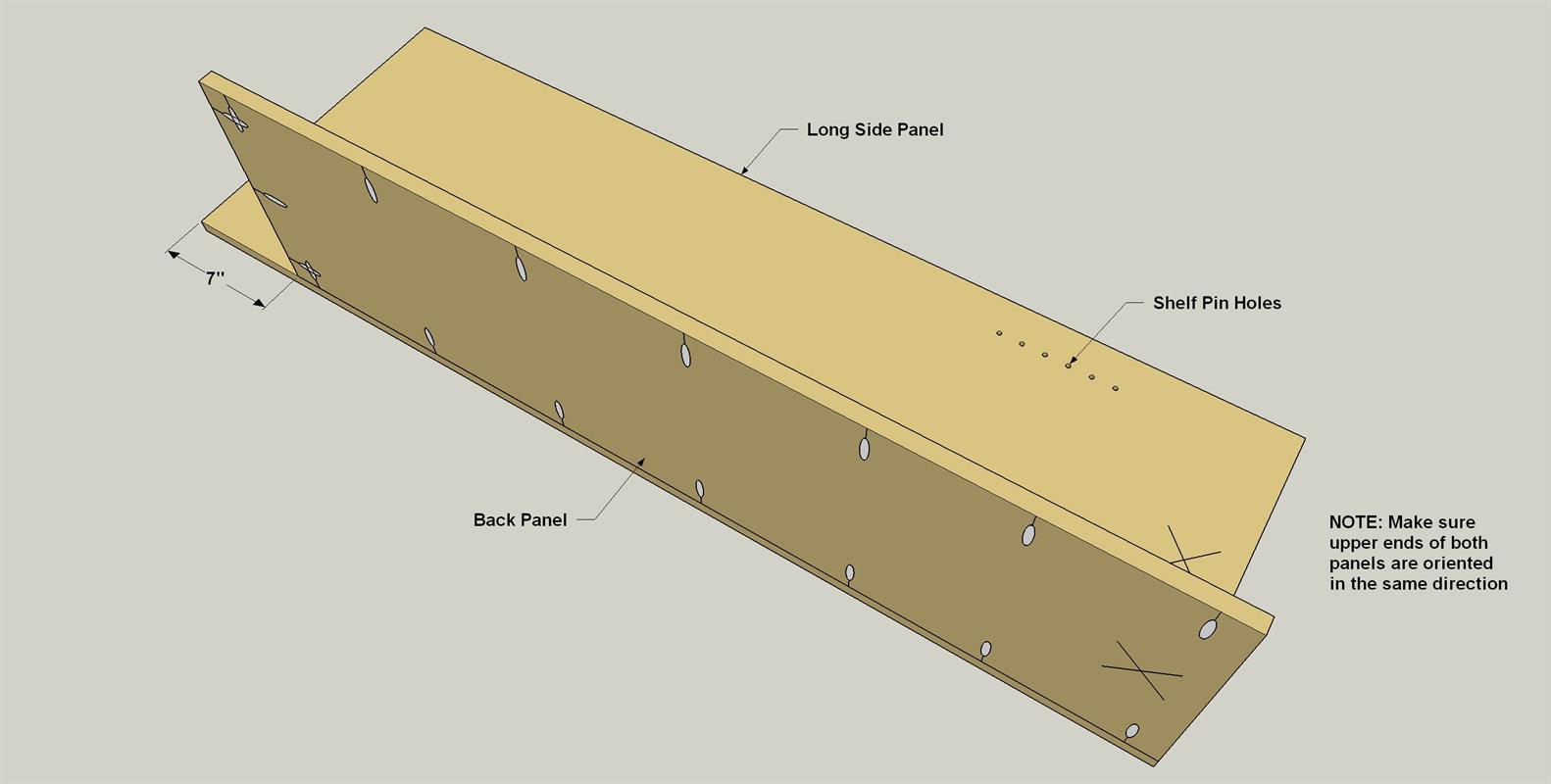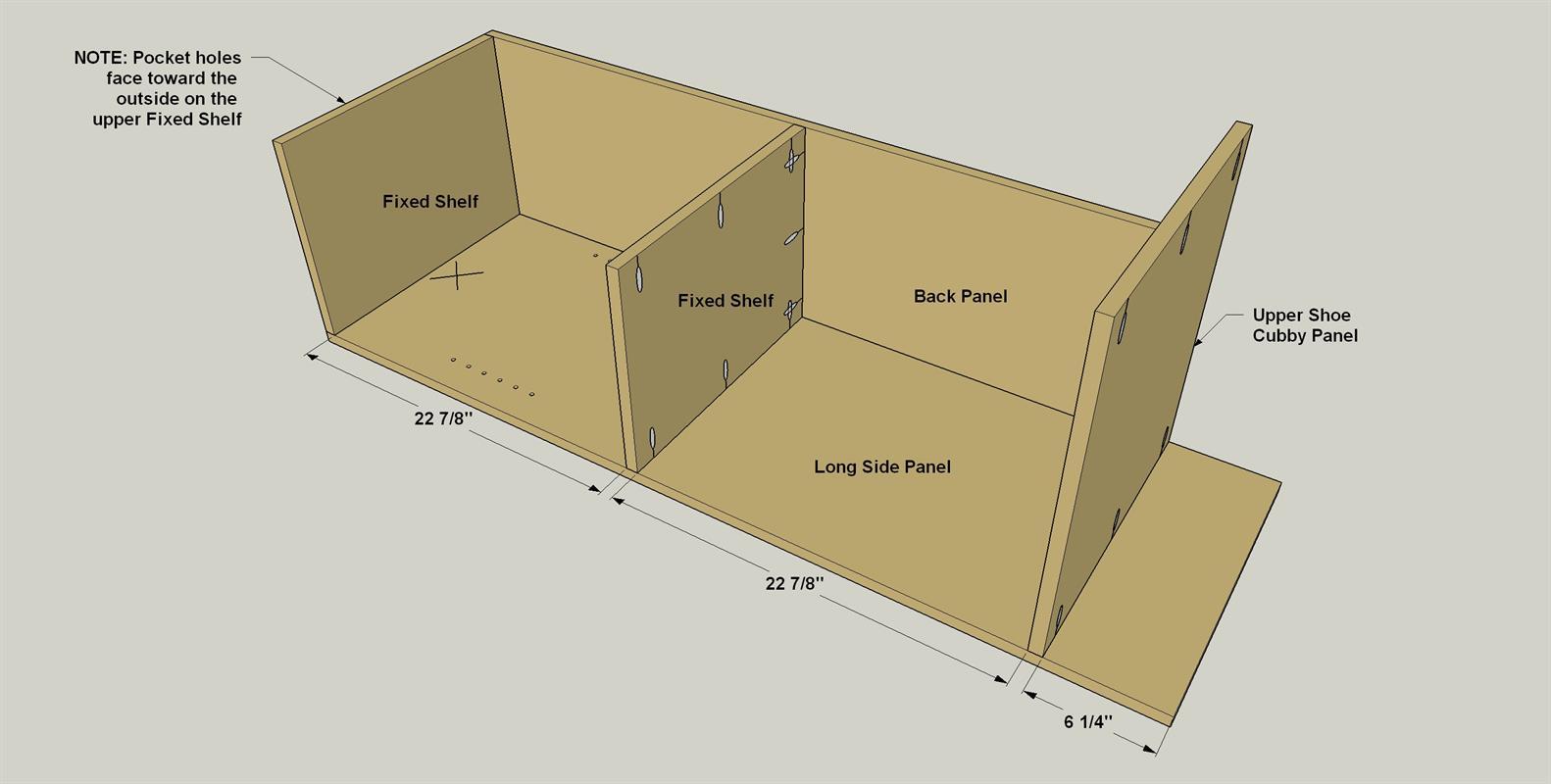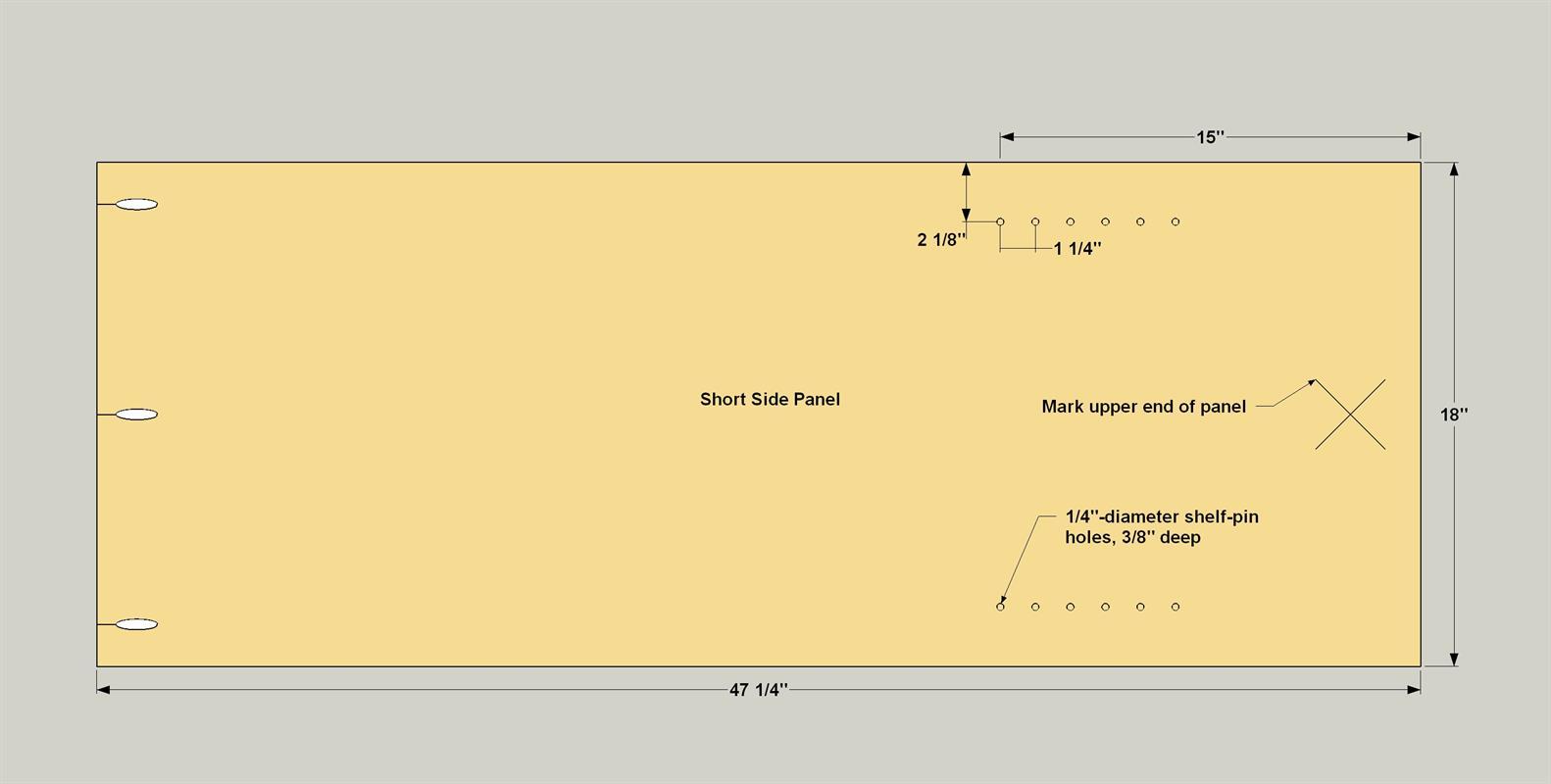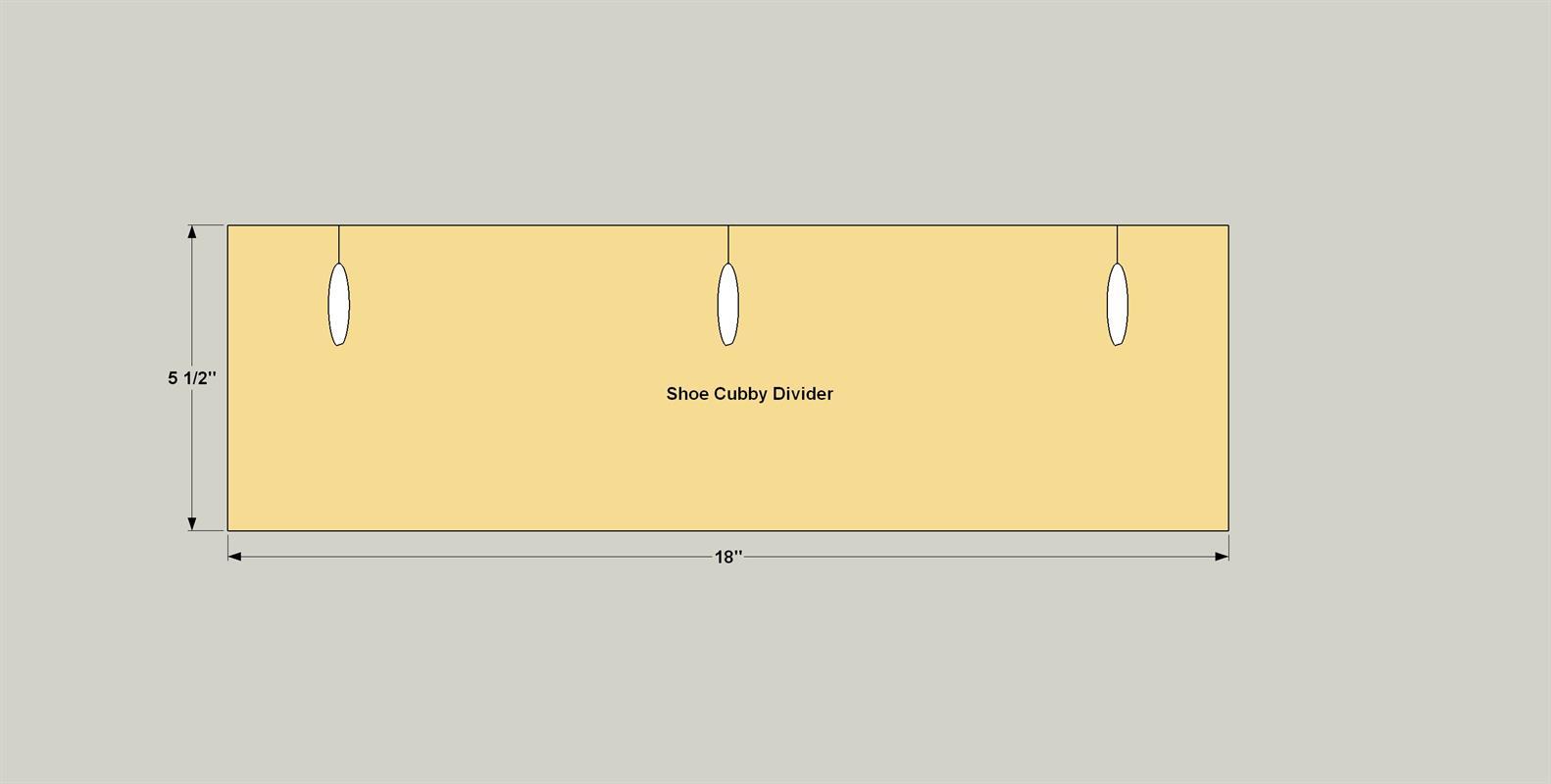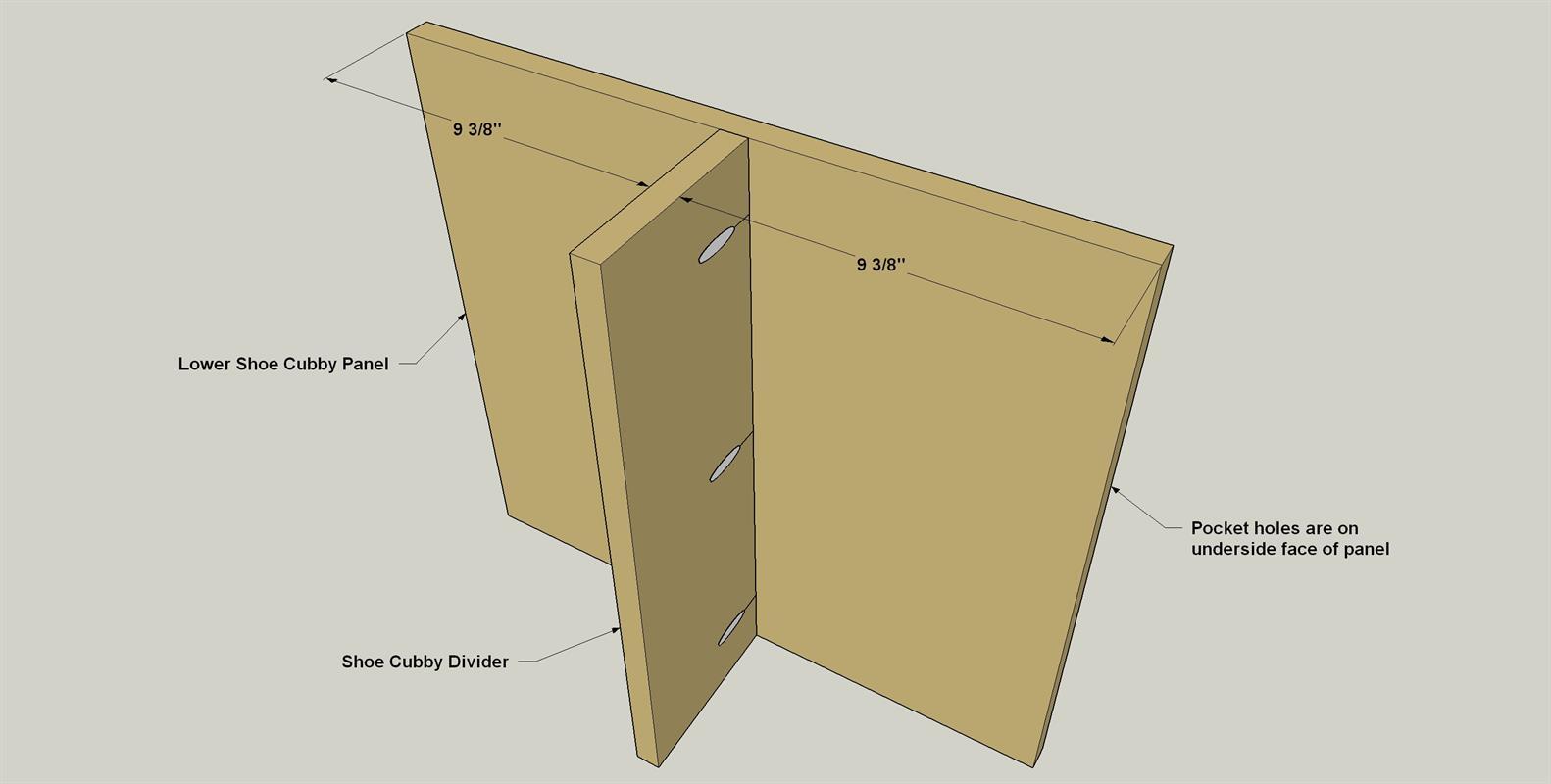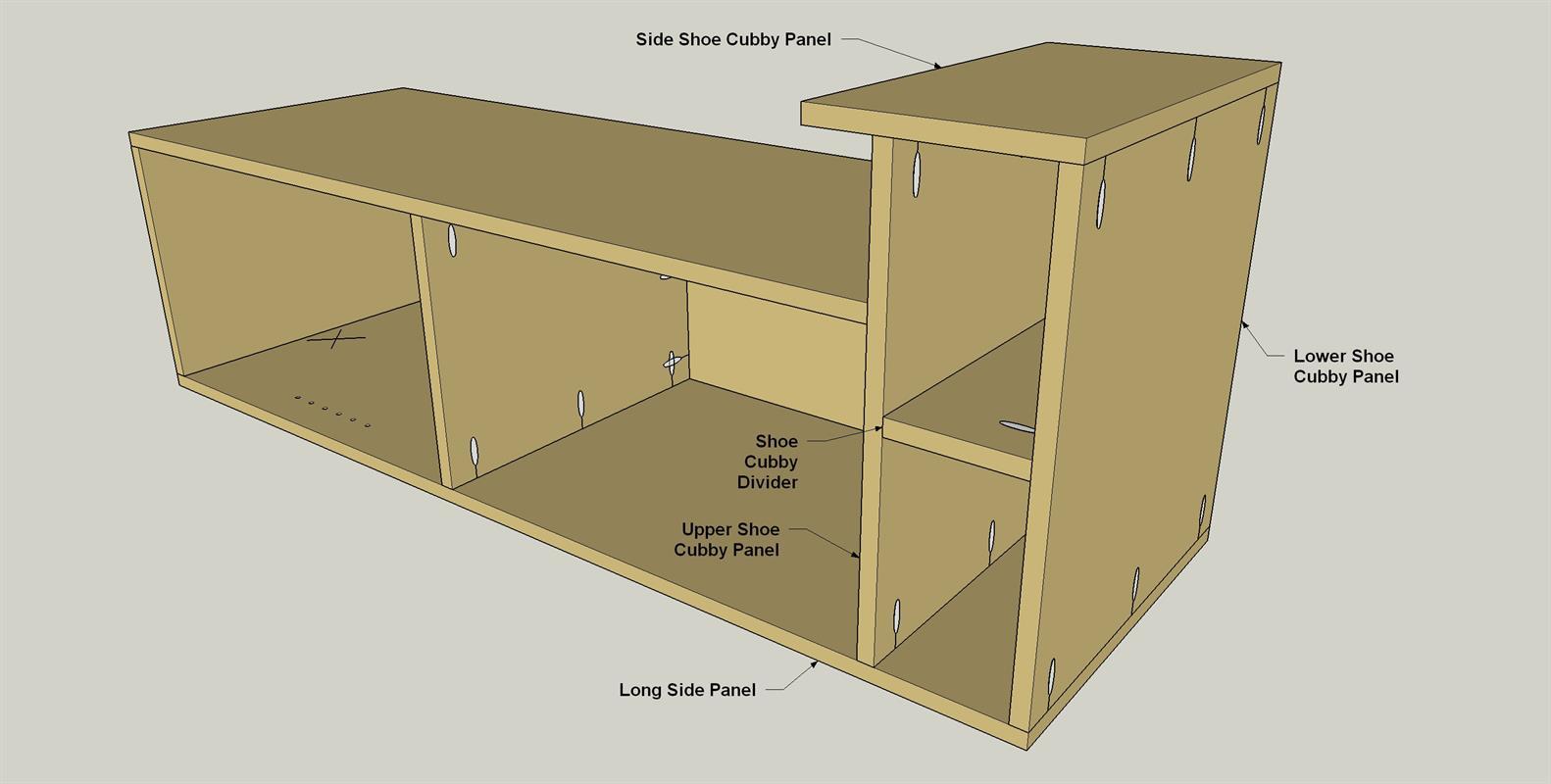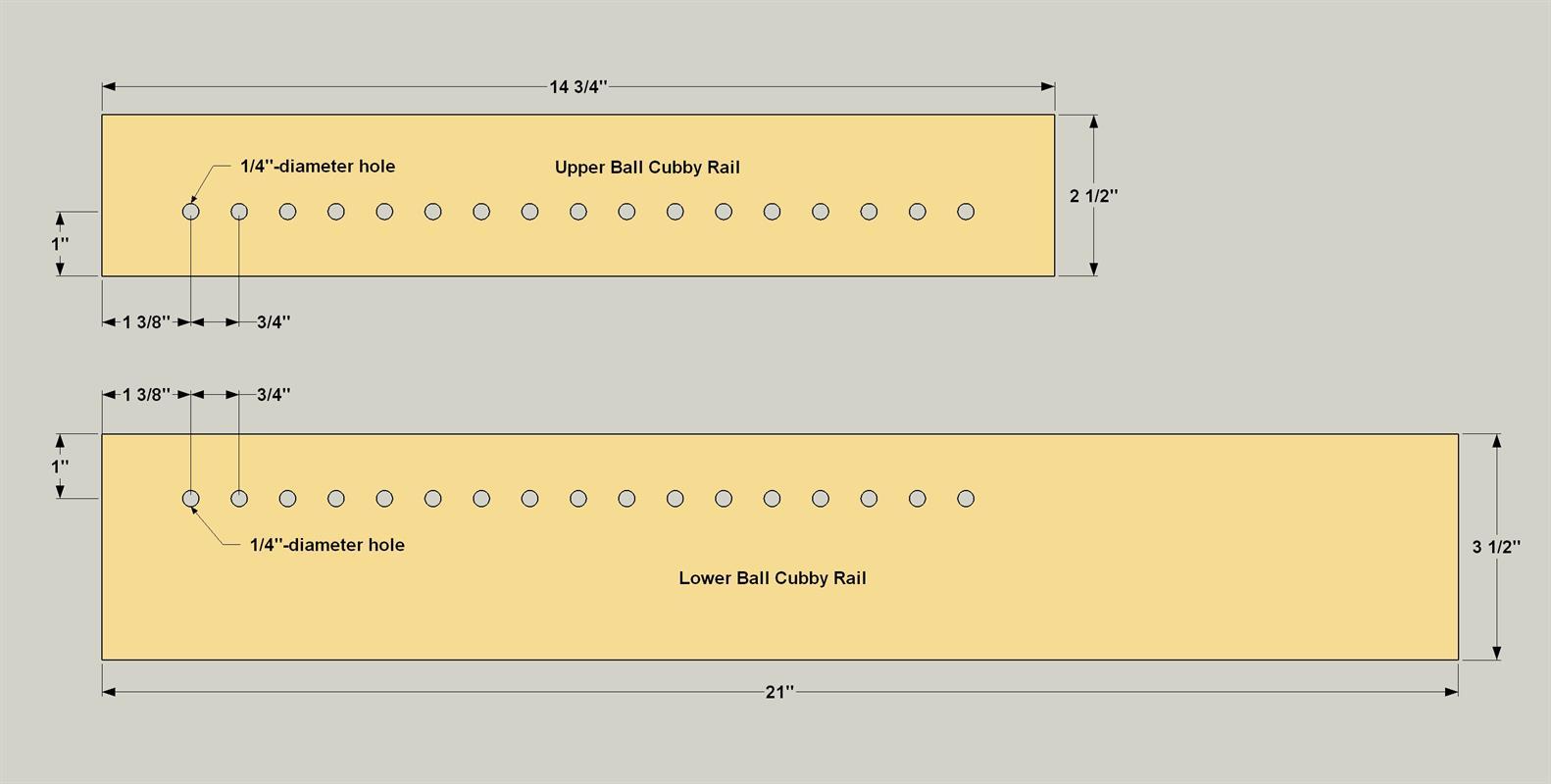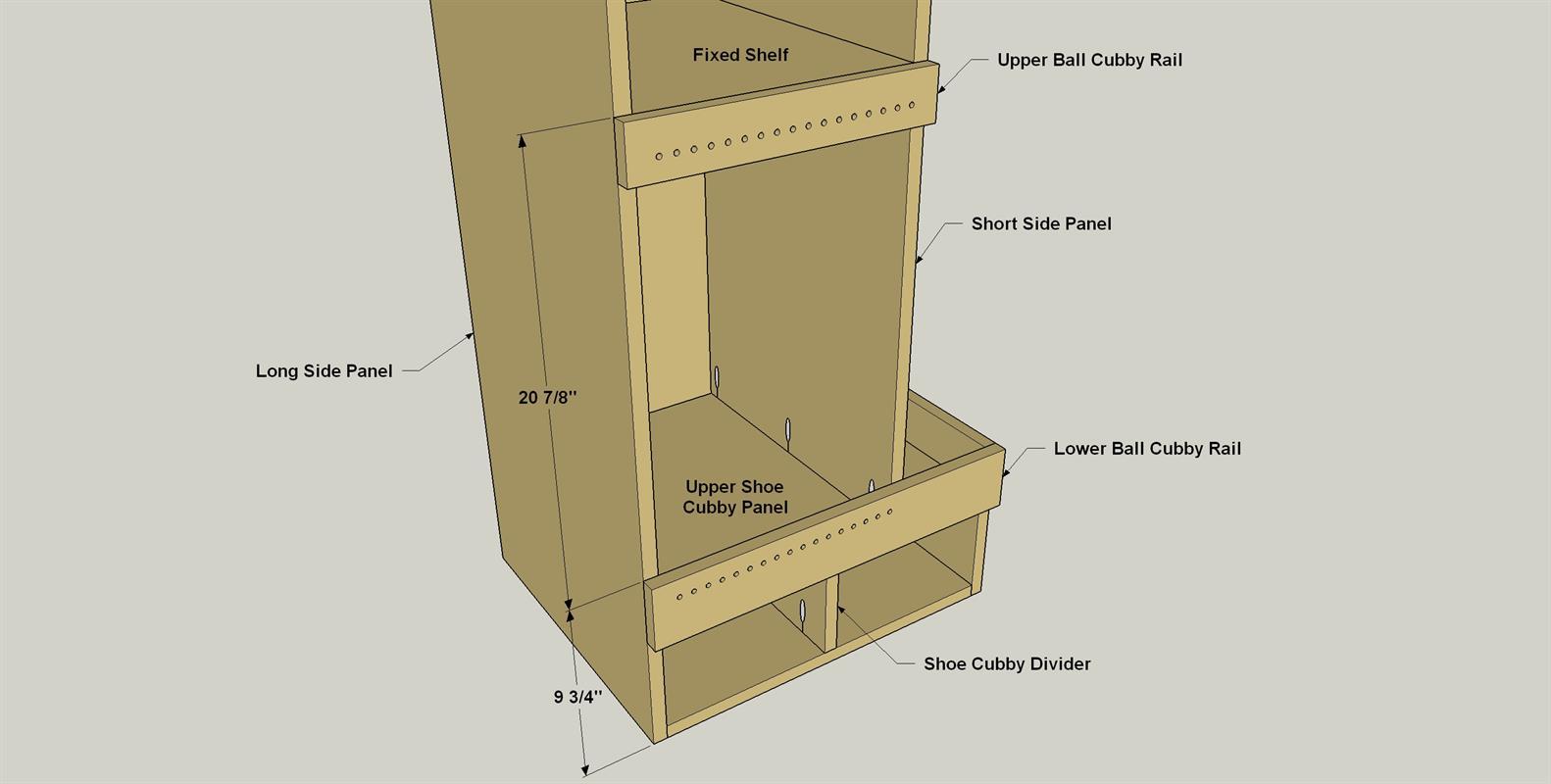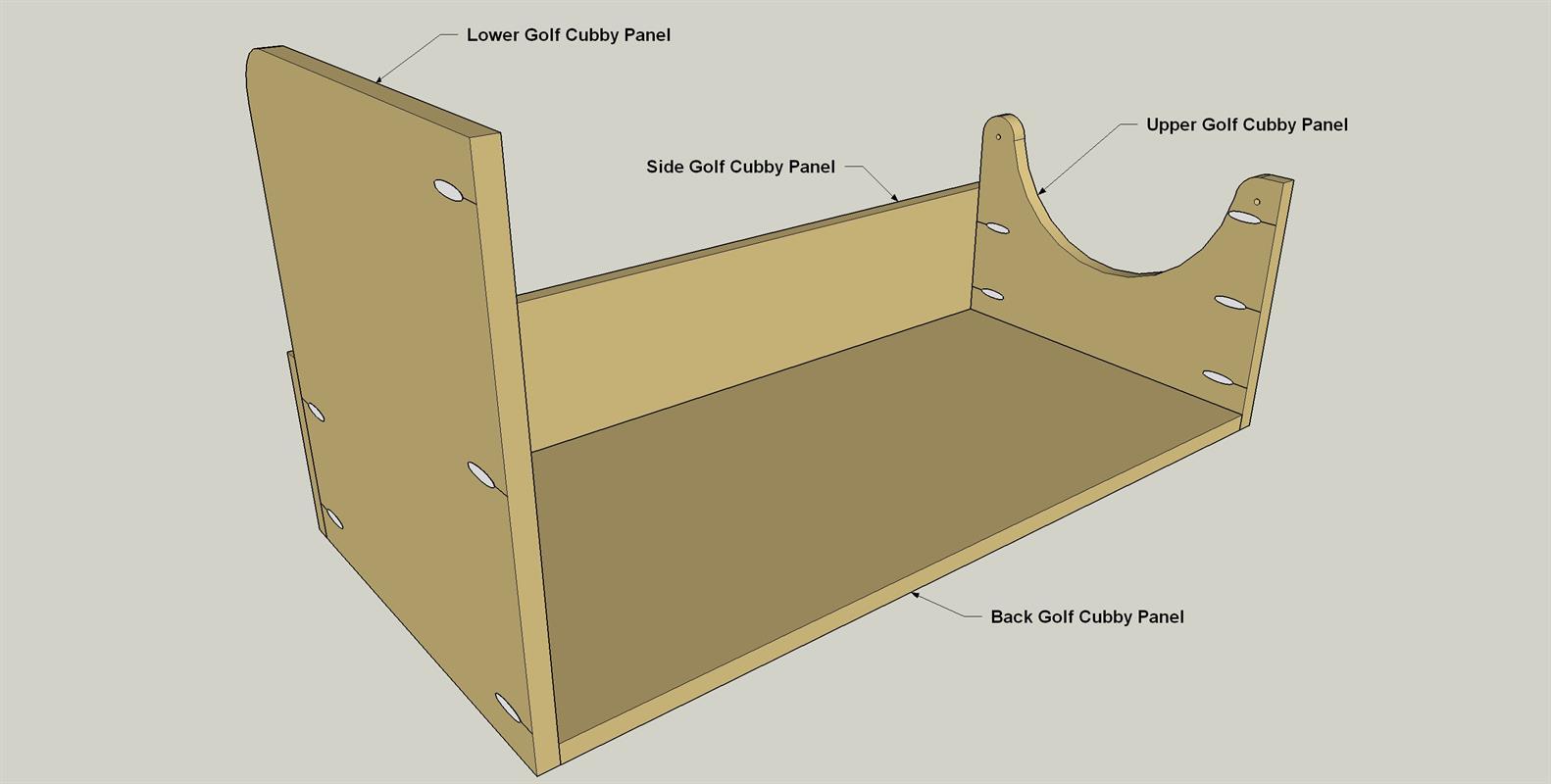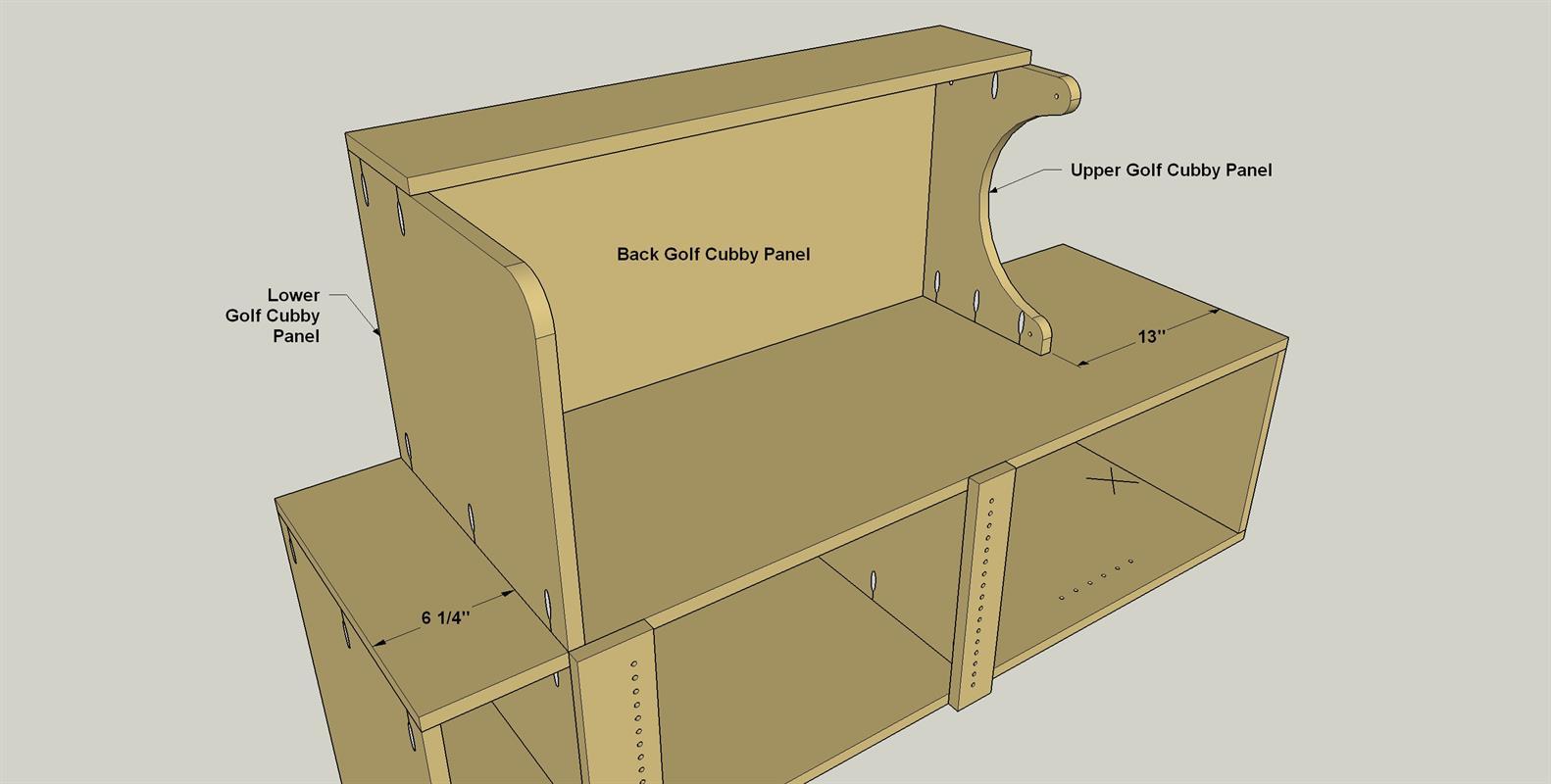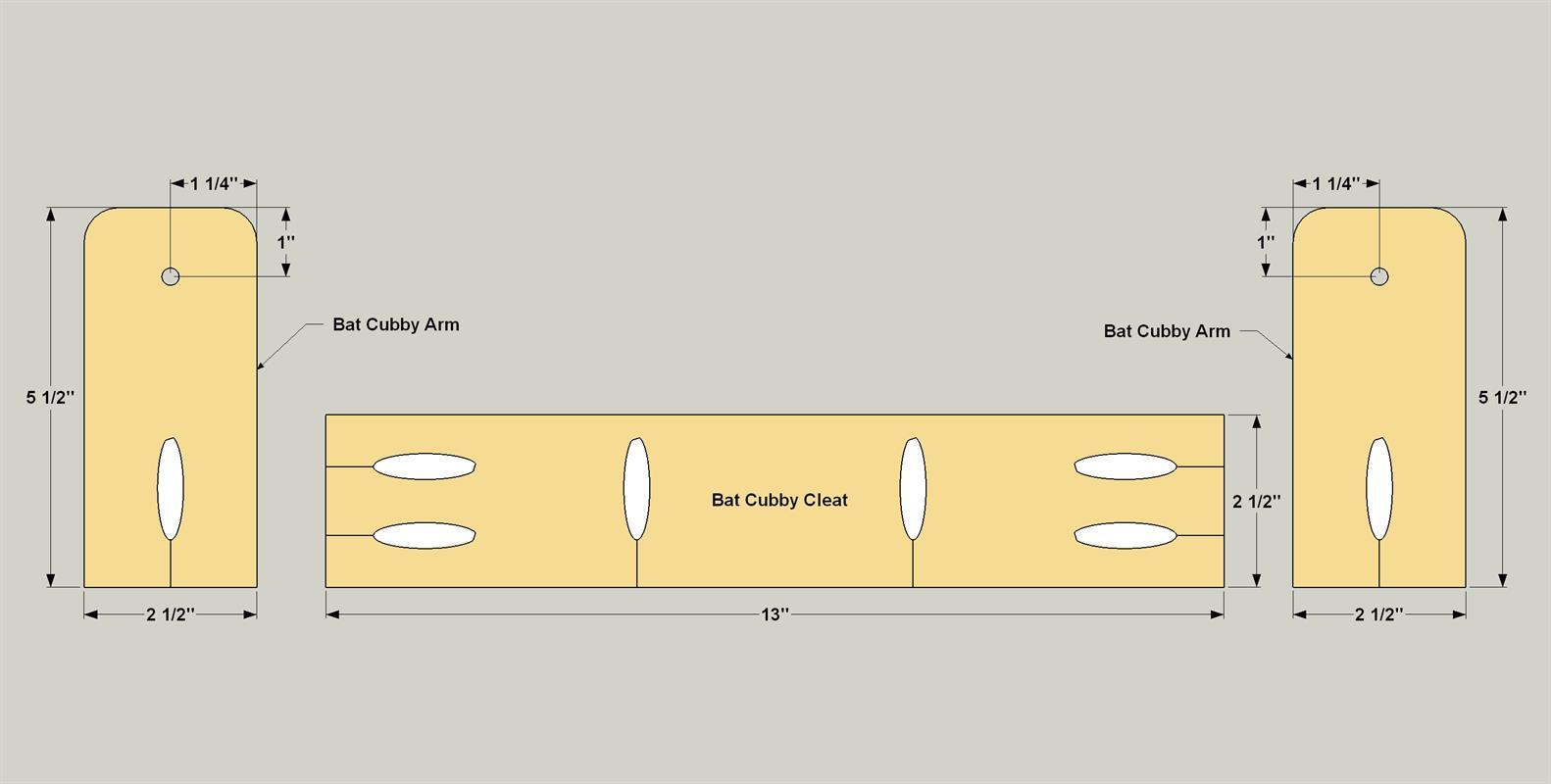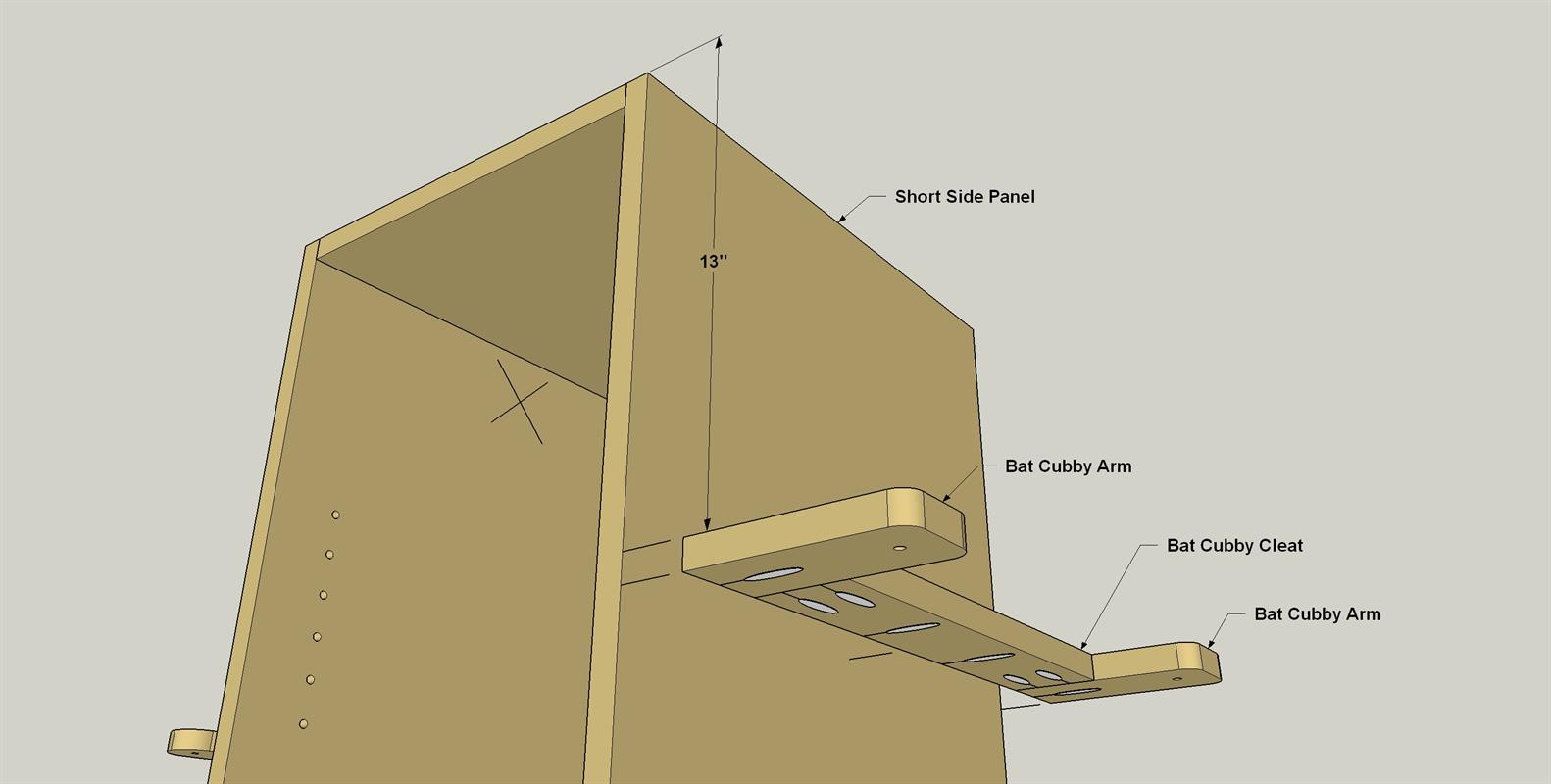Sports Equipment Storage
By Kreg ToolClear the clutter in your garage or mudroom with this handy organization system for sports gear. Made from durable, inexpensive MDF and a couple of boards, it holds balls, bats, golf clubs, and more where they’re easy to find when you want to use them, and easy to put away when you’re done!
Directions
-
Make a Long Side Panel & Back Panel
Cut the Long Side Panel and the Back Panel from 3/4" MDF, as shown in the cutting diagram. Then, with your pocket-hole jig set for 3/4"-thick material, drill pocket holes in the Back Panel, as shown. In the Long Side Panel, drill a series of shelf-pin holes where shown. The easiest way to do this is with a shelf pin jig. Be sure to mark the upper end of each panel to help orient the pieces correctly during assembly.
Guard against Dust with MDF
MDF (medium density fiberboard) is a great material for this type of project. It’s sturdy, less expensive than plywood, and easy to cut. MDF does have one drawback though when you’re working with it: dust. Cutting and drilling MDF produces a very fine dust that can be irritating to the nose and eyes. So, always be sure to wear a dust mask to protect your lungs. And, of course, wear safety glasses—which you already do ALL THE TIME when building, right?
-
Attach the Back to the Long Side
Lay the Long Side Panel on a flat work surface. Then position the Back Panel as shown, making sure the upper ends of both panels are oriented correctly. Spread glue on the mating edge of the Back Panel, and then attach it to the Long Back Panel using 1 1/4" coarse-thread pocket-hole screws.
-
Cut Fixed Shelves, Shoe Cubby Panel
Cut the two Fixed Shelves and the Upper and Lower Shoe Cubby Panels from 3/4" MDF, as shown in the cutting diagram. Drill pocket holes in these panels, as shown.
-
Attach Shelves, Shoe Cubby Panel
Now you can position the Fixed Shelves where shown. Note that the pocket holes in the upper Fixed Shelf face upward so they’ll be less visible. The pocket holes face downward in the lower Fixed Shelf. Spread glue on the mating edges of the Fixed Shelves, and then attach them to the Long Side Panel and the Back Panel using 1 1/4" coarse-thread pocket-hole screws. Use a square to make sure the Shelves are straight. Now spread glue on the lower edge of the Back Panel and on one end of the Upper Shoe Cubby Shelf, and then attach the Cubby Panel using 1 1/4" coarse-thread pocket-hole screws. Note that you’ll need to drive screws from the Back into the Cubby Panel.
-
Make the Short Side Panel
Cut the Short Side Panel from 3/4" MDF, as shown in the cutting diagram. Then, drill pocket holes along the lower edge of the Short Side Panel, as shown. Mark the upper end of the panel. Then drill a series of shelf-pin holes where shown. The easiest way to do this is with a shelf pin jig. Be sure to lay these out carefully so that they’ll align with the holes in the Long Side Panel.
-
Attach Short Side, Side Shoe Cubby
Cut a Side Shoe Cubby Panel from 3/4" MDF, as shown in the cutting diagram. It doesn’t need any pocket holes. After that, spread glue on the exposed edges of the Fixed Shelves and the Back Panel, and then attach the Short Side Panel using 1 1/4" coarse-thread pocket-hole screws. Spread glue on the exposed end of the Upper Shoe Cubby Panel, and then attach the Side Shoe Cubby Panel using 1 1/4" coarse-thread pocket-hole screws.
-
Make a Shoe Cubby Divider
Cut a Shoe Cubby Divider from 3/4" MDF, as shown in the cutting diagram. Then, drill pocket holes in the Divider, as shown.
-
Attach the Shoe Cubby Divider
Spread glue on one edge of the Shoe Cubby Divider, and then attach it to the Lower Shoe Cubby Panel, as shown, so that the Divider is centered—and on the face of the Panel that doesn’t have pocket holes.
-
Attach the Lower Shoe Cubby
Spread glue on the exposed edge of the Shoe Cubby Divider, and on the ends of the Lower Shoe Cubby Panel. Slip this assembly into place, as shown, and attach the Lower Shoe Cubby Panel to the Long Side Panel and to the Side Shoe Cubby Panel using 1 1/4" coarse/thread pocket-hole screws. Use Clamps to hold the Shoe Cubby Divider tight to the Upper Shoe Cubby Panel while the glue dries.
-
Make Ball Cubby Rails
Cut the Upper Ball Cubby Rail from a 1x3 pine board, as shown in the cutting diagram. Cut the Lower Ball Cubby Rail from a 1x4, as shown in the cutting diagram. Next, lay out the series of holes in the Rails, as shown. These are used for Bungee cords that will hold balls in place in the organizer. Drill all of the holes using a 1/4" drill bit.
-
Attach the Ball Cubby Rails
Attach the Ball Cubby Rails to the organizer assembly, as shown. Spread glue on the mating surfaces, and then clamp Rails in place. If you have a brad nailer, drive in a few 1 1/2" brads. If you don’t have access to a nailer, drill pilot holes and hammer in 1 1/2" brad nails.
-
Make the Golf Cubby Parts
Cut a Golf Cubby Back Panel and Golf Cubby Side Panel to size from 3/4" MDF, as shown in the cutting diagram. Also cut a Lower Golf Cubby Panel and an Upper Golf Cubby Panel, simply making them rectangular based on the dimensions shown. In the Lower Panel, lay out and cut the one rounded corner using a jigsaw. Sand the cut edge smooth. On the Upper Panel, lay out the large radius for the recess, as well as the smaller curves. Cut and sand those, and drill a pair of holes, as shown, that will be used for eye bolts later. Finally, drill pocket holes in the panels, as shown. The Side Golf Cubby Panel doesn’t have any pocket holes.
-
Assemble the Golf Cubby
Now you can assemble the golf cubby, as shown, using glue and 1 1/4" coarse-thread pocket-hole screws.
-
Attach the Golf Cubby
Now spread glue on the exposed mating edges of the golf cubby assembly, position it against the Long Side Panel, and attach the assembly using 1 1/4" coarse-thread pocket-hole screws.
-
Cut and Assemble the Bat Cubby
Cut the Bat Cubby Cleat and two Arms From 1x3 pine boards, as shown in the cutting diagram. Drill 1/4" holes, as shown, the Arms for eyebolts that will get added later. Then sand a slight radius on that same end of each arm to ease the sharp corners. Finally, drill pocket holes in the Cleat and Arms, as shown. After that, spread glue on the ends of the Cleat, and attach the Arms using 1 1/4" coarse-thread pocket-hole screws.
-
Attach the Bat Cubby Assembly
Attach the bat cubby assembly to the Short Side Panel, as shown, using glue and 1 1/4" coarse-thread pocket-hole screws. The top of the Bat Cubby Assembly should align with the top of the Golf Cubby Assembly. Finally, you can cut one Adjustable Shelf to size from 3/4" MDF, as shown in the cutting diagram. With that, your organizer assembly is complete. Sand any exposed edges, as needed, and then wipe on a couple of coats of finish. As simple wipe-on varnish or polyurethane is a good choice.
-
Hang the Organizer on the Wall
Locate a couple of adjacent studs in the wall where you want to hang your organizer. In a home, the studs should be located every 16" on center. Try to locate the organizer so you’ll be able to drive screws through the Back Panel and the Golf Cubby Back and into those studs. Once you’ve found your location, brace the organizer in place, make sure it’s level, and then drive four 3" screws through each back panel and into the studs.
-
Add Eye Bolts and Bungees
With your sports equipment organizer mounted, you can attach eyebolts, using fender washers and nuts, to the holes in the golf and bat cubbies. Then it’s time to mount the Bungee cords. For the golf cubby, we used a conventional 12" cord with hooks on the end. For the remainder, we chose to get a bulk spool of Bungee cord. For the ball cubby, cut 17 pieces 24" long. Put a knot in one end, and then thread the other end through one of the rail holes. Thread the cord into the other rail, stretch it slightly, and then tie another knot. Repeat this process for the remaining rail holes. Then cut a piece about 17" long, and tie it off to the eye bolts on the bat cubby. With that, you’re ready to organizer your sports equipment.



